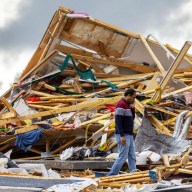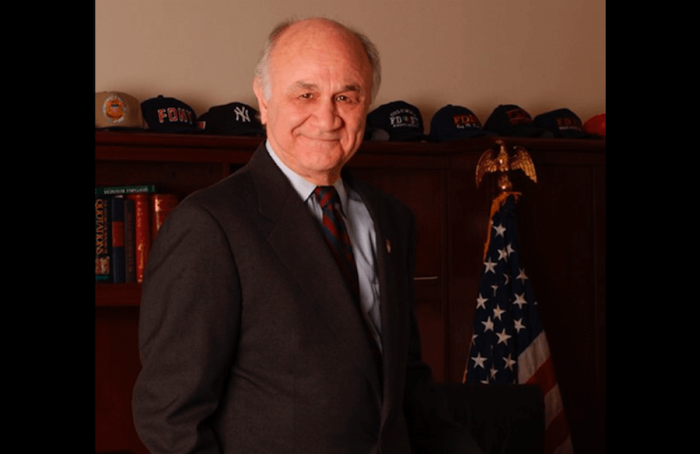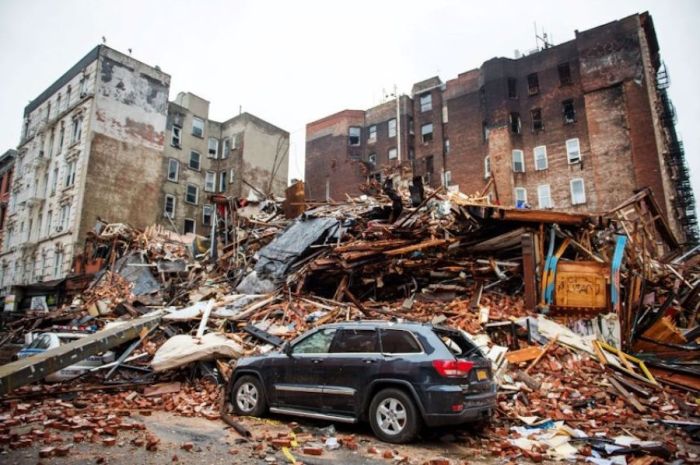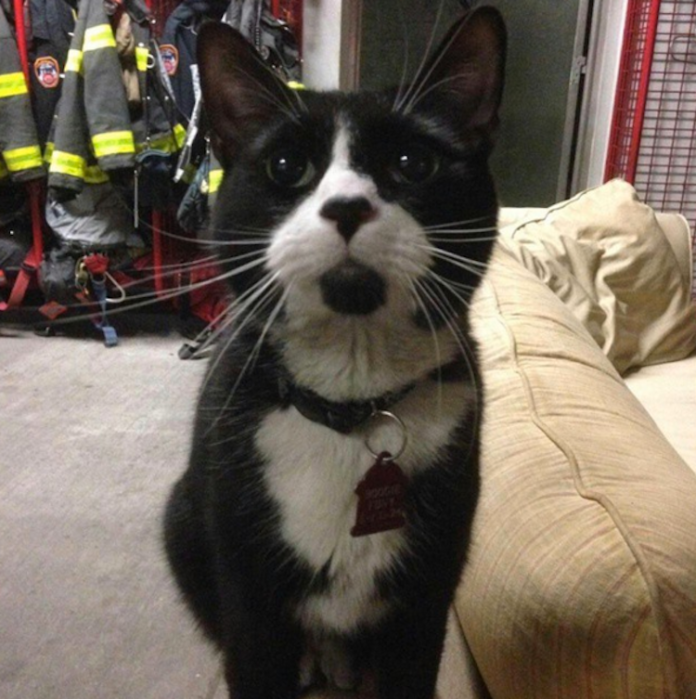After spending billions of dollars and being years behind schedule, the city’s lagging ambulance response time still hasn’t been fixed.
Stephen Cassidy, president of the Uniformed Firefighter Association, said during an oversight hearing that firefighters “should be going out the door quicker,” but aren’t because of the combined response system is slowing them down. “Everybody in the New York City fire department knows the old system is better … no administration would allow them to contradict what they’re saying,” Cassidy said.
Department of Investigation Commissioner Mark Peters testified during the hearing Wednesday that the Bloomberg administration mismanaged their master plan to merge police, fire and EMS dispatching to two centralized locations. Peters said the Emergency Communications Transformation Program, started in 2004, employed sub-contractors who hit the city with 600 percent markups. The DOI investigation, released earlier this month, found city officials “sanitized” documents and re-wrote progress reports to make it seem the program was doing better than it was, and spent some $211.4 million across different agencies so it was hard to track. The ambulance response time debate was rekindled after an Easter morning fire in the Rockaways last year that killed two 4 year old girls. EMS arrived 21 minutes after 911 was called. An investigation found the dispatching of ambulances takes multiple steps that opened up room for error. “We want to make sure our communities are safe, and when people call 911, emergency responders are sent, and that’s not happening,” said Elizabeth Crowley, chair of the Fire and Criminal Justice Committee. The hearing came to an tense, early head when Crowley was unsatisfied when Peters couldn’t answer some of her specific questions because he isn’t a police or fire expert.
“You have just accused me and my agency of hiding something,” Peters told Crowley, who said it appeared the DOI was withholding information, and told her to either tone down her rhetoric or submit evidence of his allegedly felonious withholding of information. “You haven’t answered some of the questions I’ve asked,” Crowley said. “What’s the hesitation, I don’t understand.”
The emergency communications upgrade was supposed to be completed in 2007 and is not expected to be finished until 2017. The program has overshot its original $1.3 billion budget, already spending $2 billion, and Peters said another $9 million will be spent before completion. Last year, the FDNY responded to an all-time high of 1.3 million emergency calls. The average response time was about 6 minutes, 50 seconds, but slower in neighborhoods such as the South Bronx, Western Queens and Staten Island. Mayor Bill de Blasio has set aside $18 million of his $77.7 billion preliminary budget to add new ambulance shifts and new EMS dispatchers to help improve ambulance response times.
Crowley said recent budget talks haven’t mentioned the end to end response time of 9 minutes and 30 seconds.
“They’re really a lot worse than they appear to be,” Crowley said of the response times.
Councilmembers were critical of the city building two centralized call centers — Public Safety Answering Center 1 in Brooklyn and 2 in the Bronx.
Peters said the city spent about $500 million fixing the system integration mistakes of the first contractors on the Bronx center who “couldn’t get the job done.”
Peters said he wasn’t sure if anyone was fired relating to the mistakes.
“We’re a little late in the game for head rolling,” Peters said.
City councilwoman: Ambulance response system not working
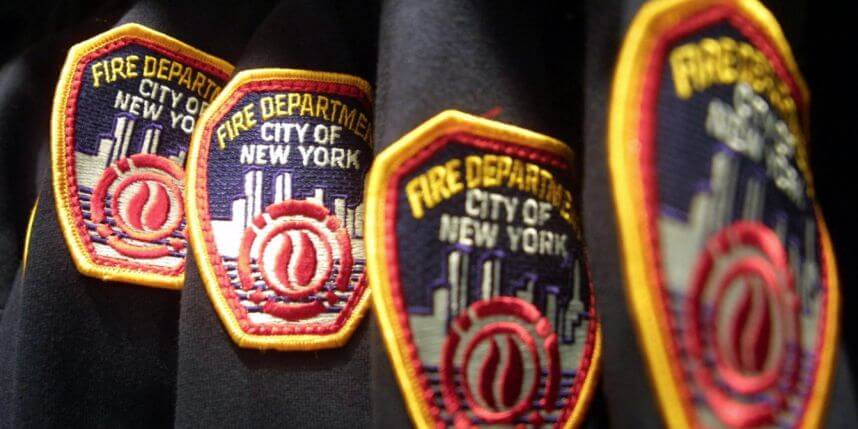
Getty Images






